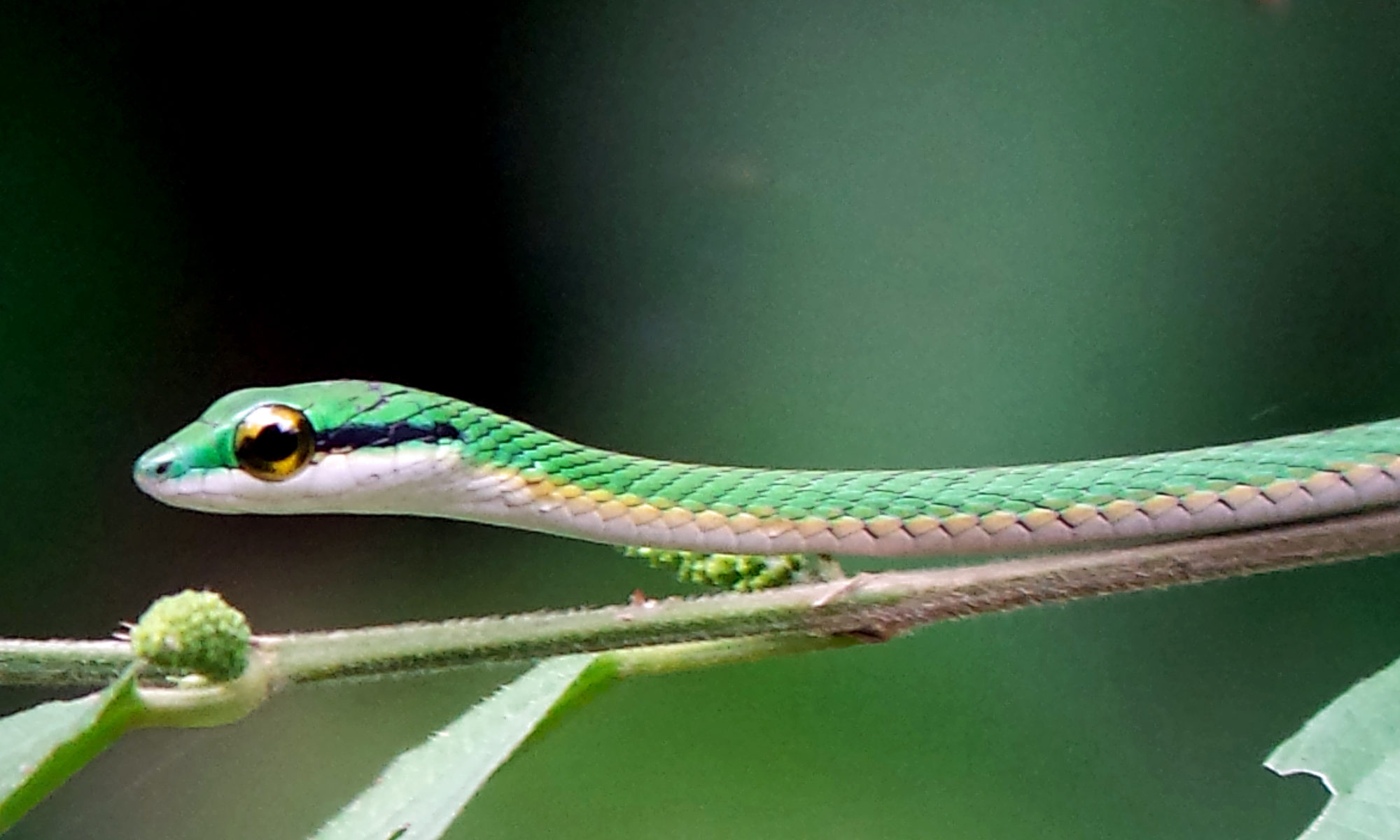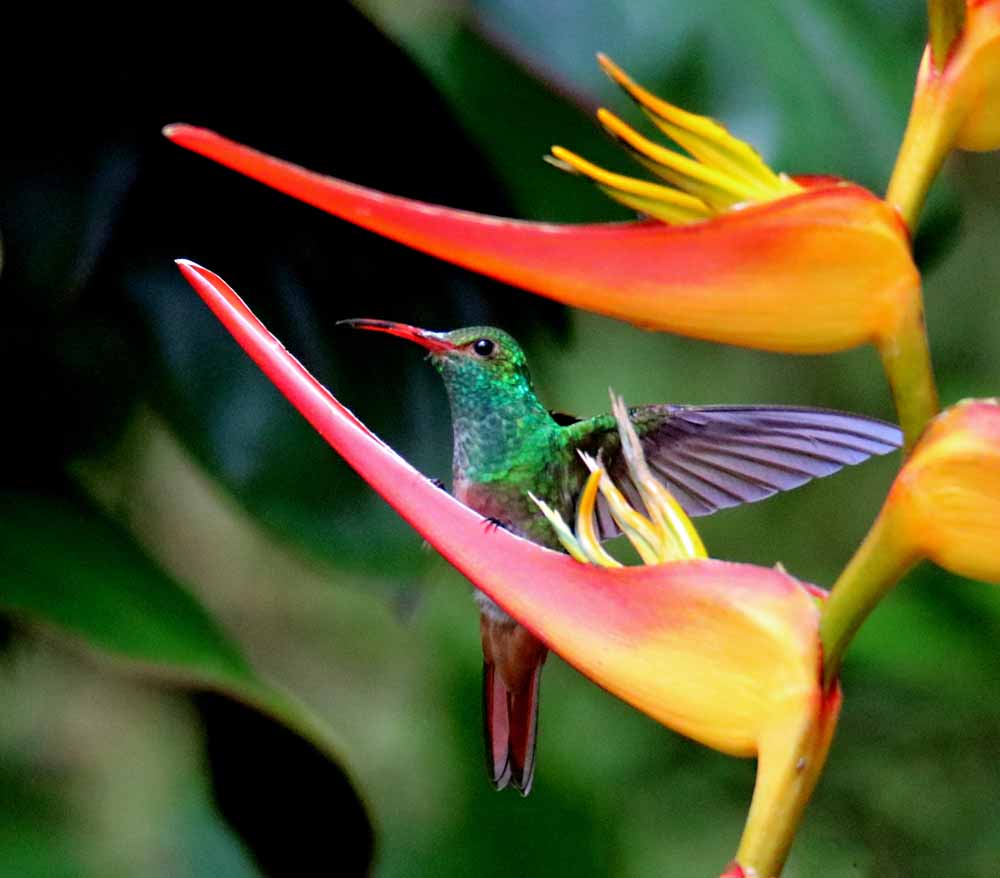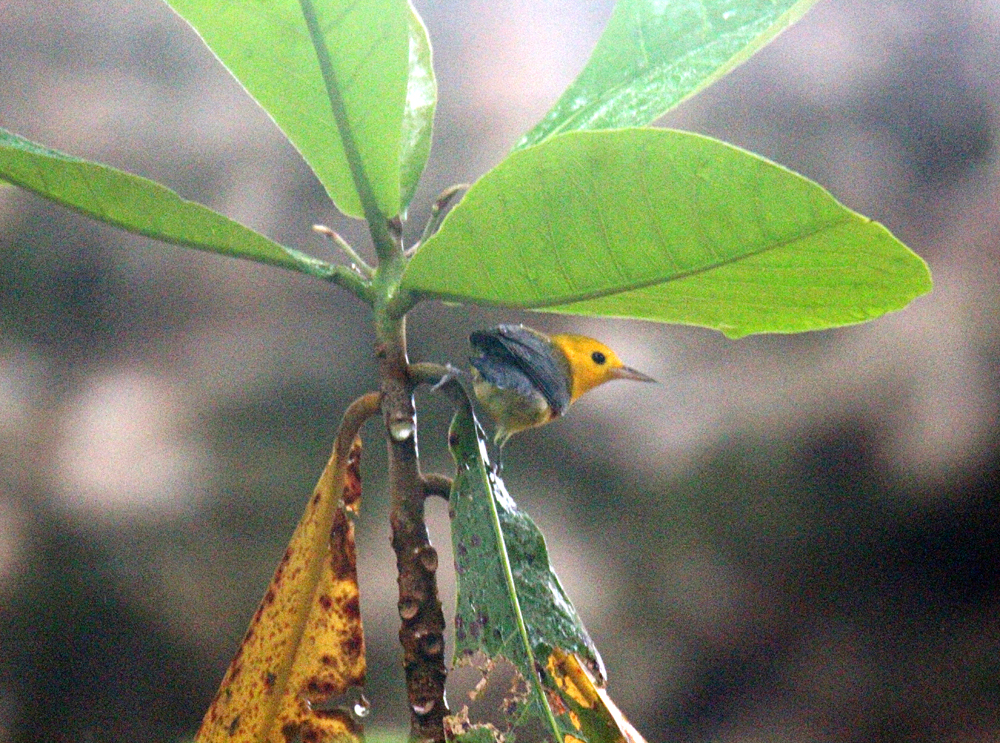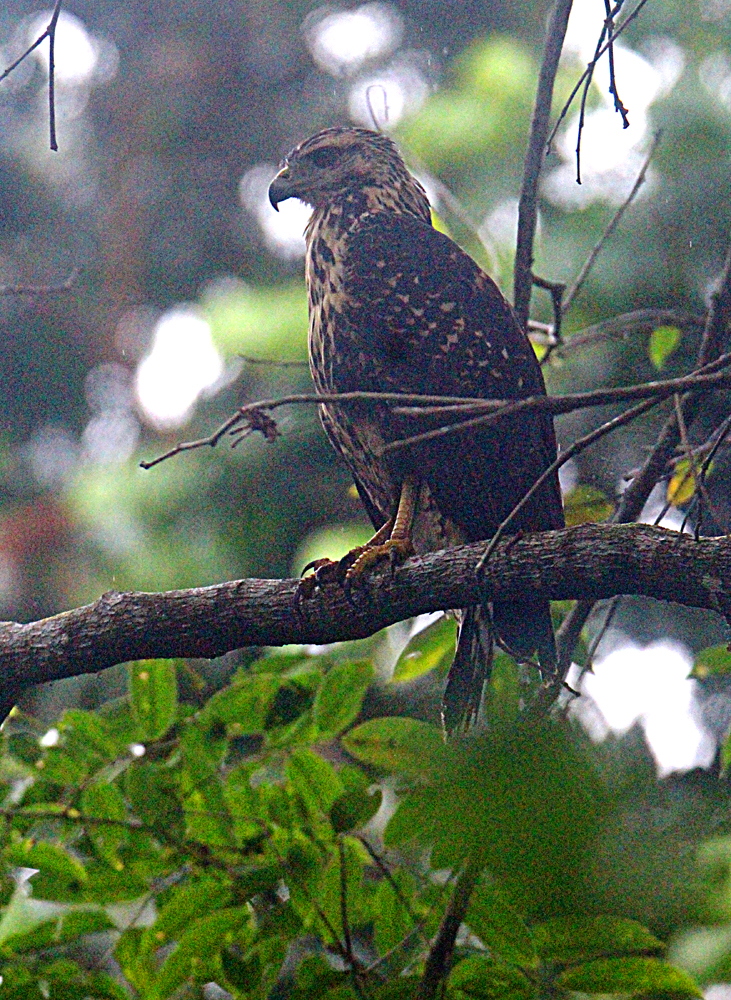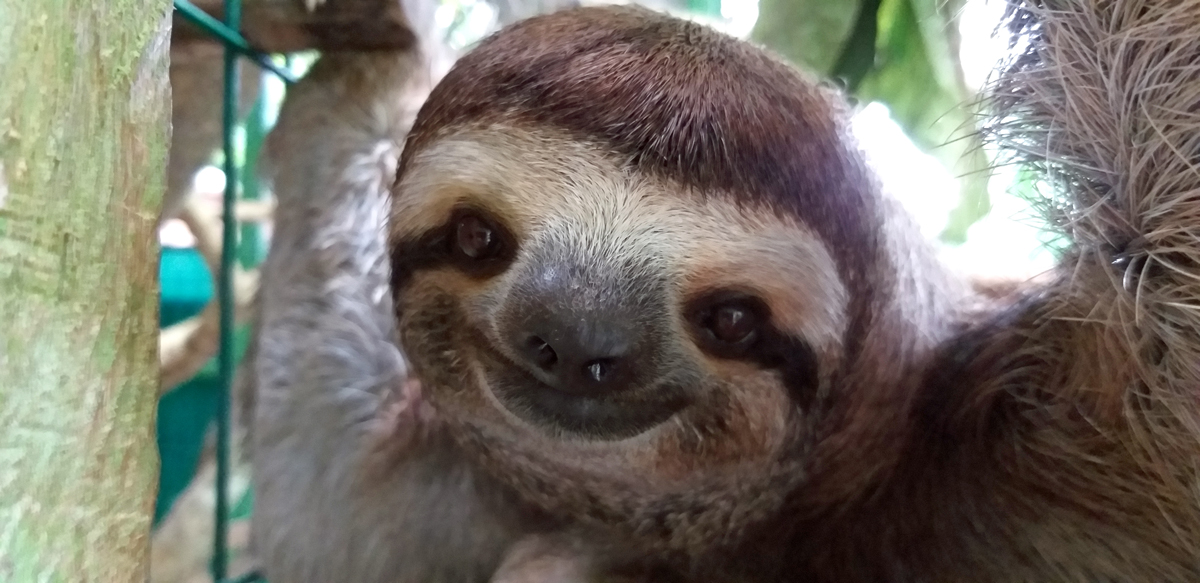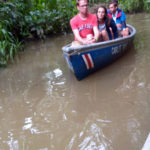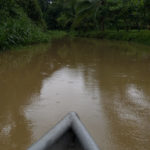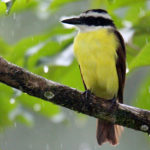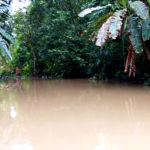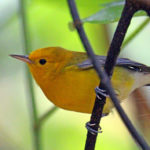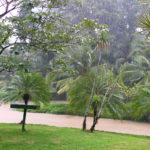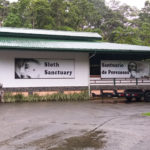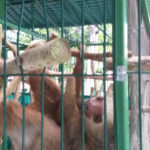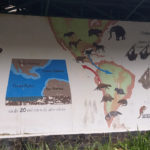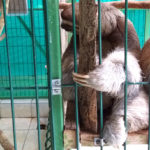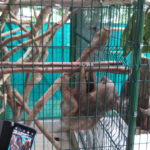“Nothing has ever been said about God that hasn’t already been said better by the wind in the trees.”
~Thomas Merton
With that, I renew an old adventure that will certainly become an even grander new adventure . . .
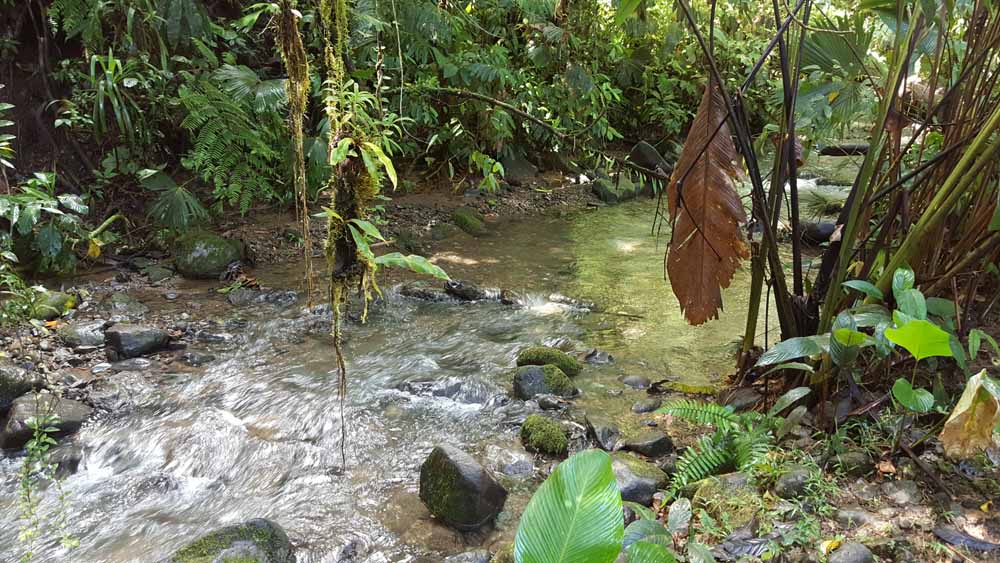
It was in October of 2018, the peak of the rainy season, that I first visited Esquinas Rainforest Lodge at La Gamba Research Station, Piedras Blancas National Park, north of Golfito, Puntarenas. It rained pretty hard every afternoon with the mornings and short spaces between rain full of wonderful birds to photograph! And the planned boat trip to Rio Coto Mangroves turned impossible with high winds and heavy rain on Golfo Dulce, but the ingenious boat captain took me back into the smaller Gulf of Golfito (shielded from heavy wind by trees) for some of my better bird shots in between downpours – an unplanned but excellent substitute for an always good mangrove tour! Making Lemonade from Lemons! 🙂 And how could you not in this incredible rainforest? See more photos from my first trip there & a video link below . . .
Continue reading ““The Wind in the Trees””